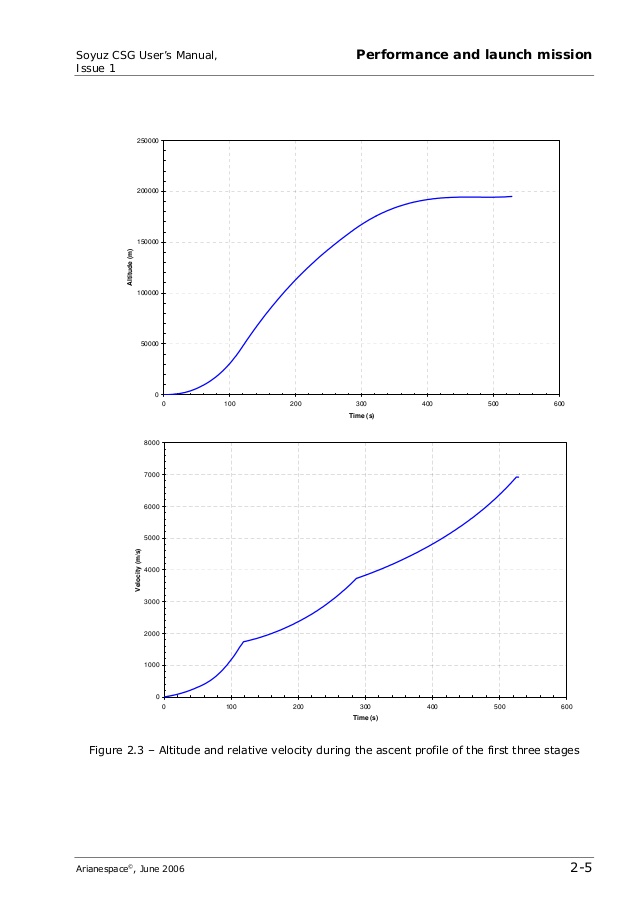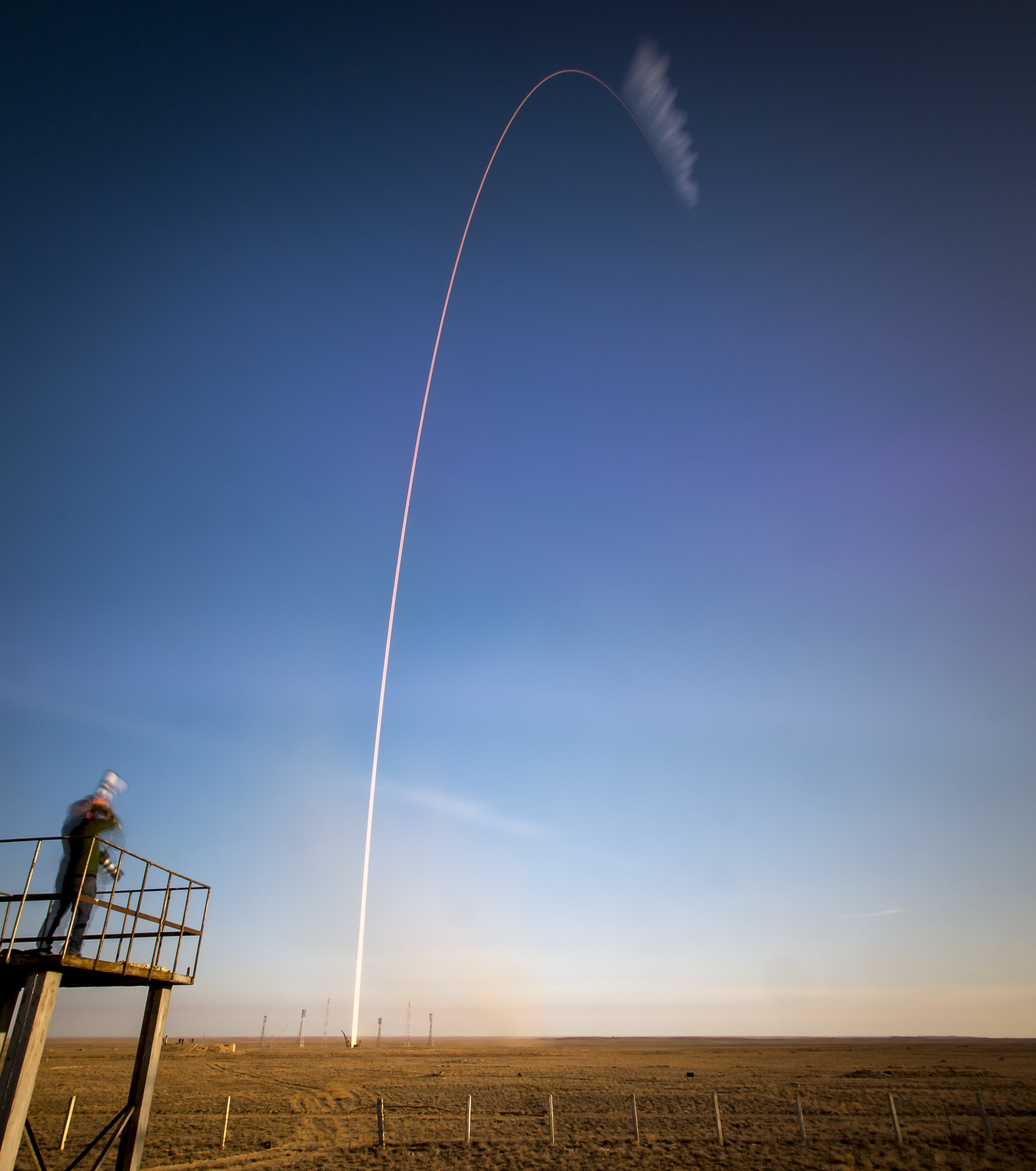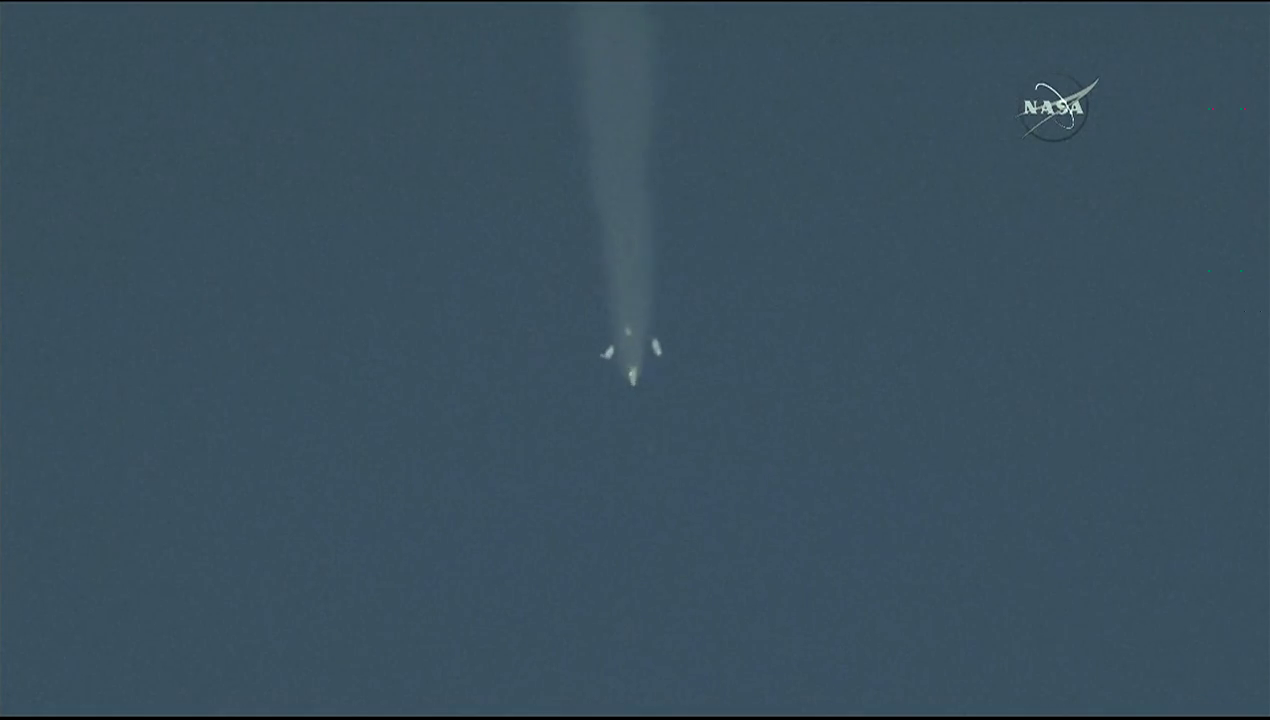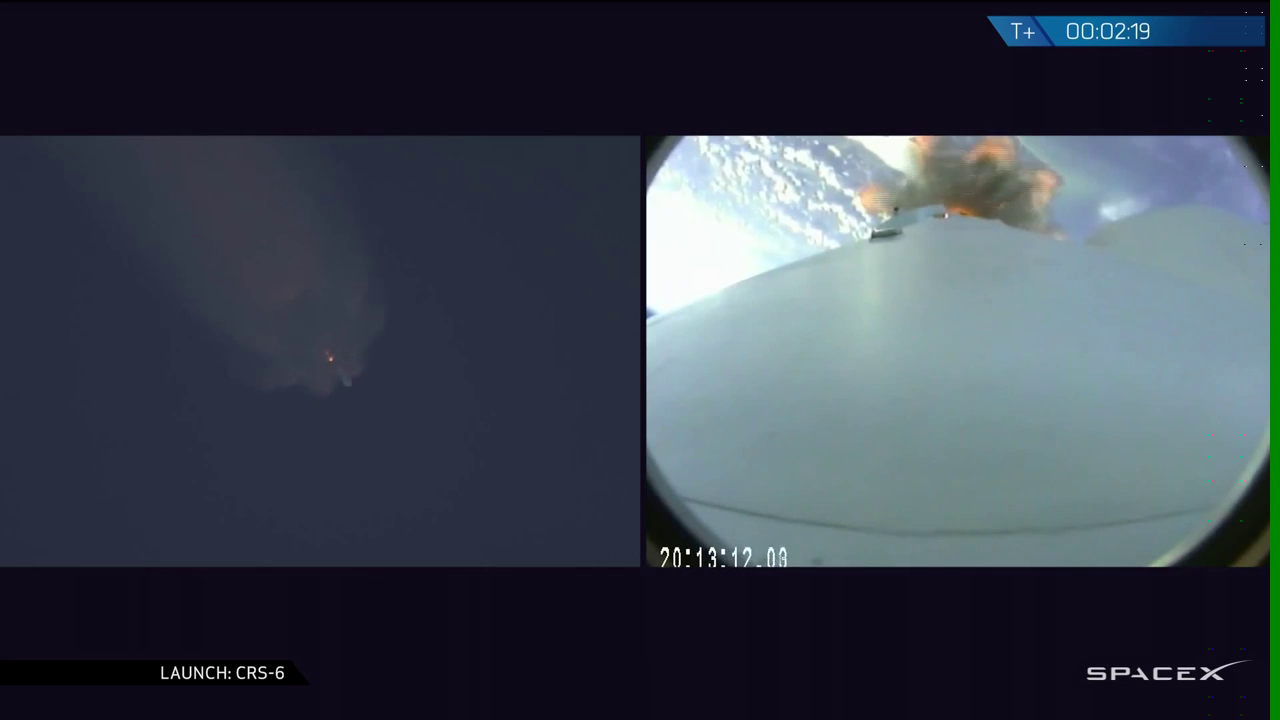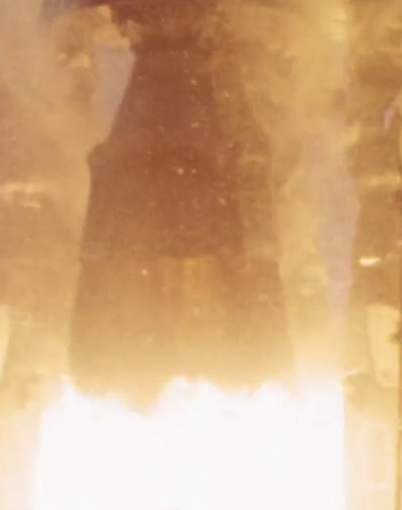Trailspotter
Senior Member.
While watching the BBC live broadcast of the first UK astronaut heading for the International Space Station this morning (11 AM GMT),
I noted a contrail that started forming behind the Soyuz rocket at about one minute after the lift-off and stopped about ten second later:


This suggests that rocket engines also require favourable temperature and relative humidity conditions for contrail formation. The sky above the Baikonur Cosmodrome was clear at the time, but a 100% RH was forecasted at 250hPa:

Presumably, the contrail was formed at the time when the rocket travelled through this humid (and cold) layer. The rocket's altitude at these times must be known exactly, but I haven't found these data yet to verify this suggestion.
Update:
A simulated Soyuz TMA Launch Multi-view with MFD & PAO commentary (Orbiter 2010) video suggests the altitudes of 11.36 km and 16.29 km for the flight times 60 sec and 70 sec, respectively. These roughly correspond to the lower and upper boundaries of tropopause, in which the ambient air is the coolest and its temperature remains fairly constant in this altitude range.
Curiously, the above simulation shows a contrail forming at 55 second mark, suggesting that this may be a recurrent feature. Indeed, watching the multitude of youtube videos of previous launches of the same (Soyuz-FG) rocket confirmed that an intermittent contrail commonly occurs between the 60 sec and 70 sec marks, but the times of its appearance and duration vary. The contrail in the beginning of this post appears to be the earliest and the longest amongst those I've checked so far.
This observation suggests that the ambient air lowest temperature in tropopause alone may be sufficient for the formation of this contrail, and that higher ambient humidity may increase the altitude range for its formation.
However, there is one additional factor that may be even more important for the contrail formation in that particular time interval. At 70 sec mark, the Soyuz rocket passes through the maximum dynamic pressure (the point at which the airframe undergoes maximum mechanical stress). It is the most likely that the rocket engines are programmed to reduce the thrust shortly before reaching this point. This would result in slightly cooler exhaust and therefore more favourable conditions for its water vapour condensation upon mixing with ambient air.
I noted a contrail that started forming behind the Soyuz rocket at about one minute after the lift-off and stopped about ten second later:
This suggests that rocket engines also require favourable temperature and relative humidity conditions for contrail formation. The sky above the Baikonur Cosmodrome was clear at the time, but a 100% RH was forecasted at 250hPa:
Presumably, the contrail was formed at the time when the rocket travelled through this humid (and cold) layer. The rocket's altitude at these times must be known exactly, but I haven't found these data yet to verify this suggestion.
Update:
A simulated Soyuz TMA Launch Multi-view with MFD & PAO commentary (Orbiter 2010) video suggests the altitudes of 11.36 km and 16.29 km for the flight times 60 sec and 70 sec, respectively. These roughly correspond to the lower and upper boundaries of tropopause, in which the ambient air is the coolest and its temperature remains fairly constant in this altitude range.
Curiously, the above simulation shows a contrail forming at 55 second mark, suggesting that this may be a recurrent feature. Indeed, watching the multitude of youtube videos of previous launches of the same (Soyuz-FG) rocket confirmed that an intermittent contrail commonly occurs between the 60 sec and 70 sec marks, but the times of its appearance and duration vary. The contrail in the beginning of this post appears to be the earliest and the longest amongst those I've checked so far.
This observation suggests that the ambient air lowest temperature in tropopause alone may be sufficient for the formation of this contrail, and that higher ambient humidity may increase the altitude range for its formation.
However, there is one additional factor that may be even more important for the contrail formation in that particular time interval. At 70 sec mark, the Soyuz rocket passes through the maximum dynamic pressure (the point at which the airframe undergoes maximum mechanical stress). It is the most likely that the rocket engines are programmed to reduce the thrust shortly before reaching this point. This would result in slightly cooler exhaust and therefore more favourable conditions for its water vapour condensation upon mixing with ambient air.
Last edited:

